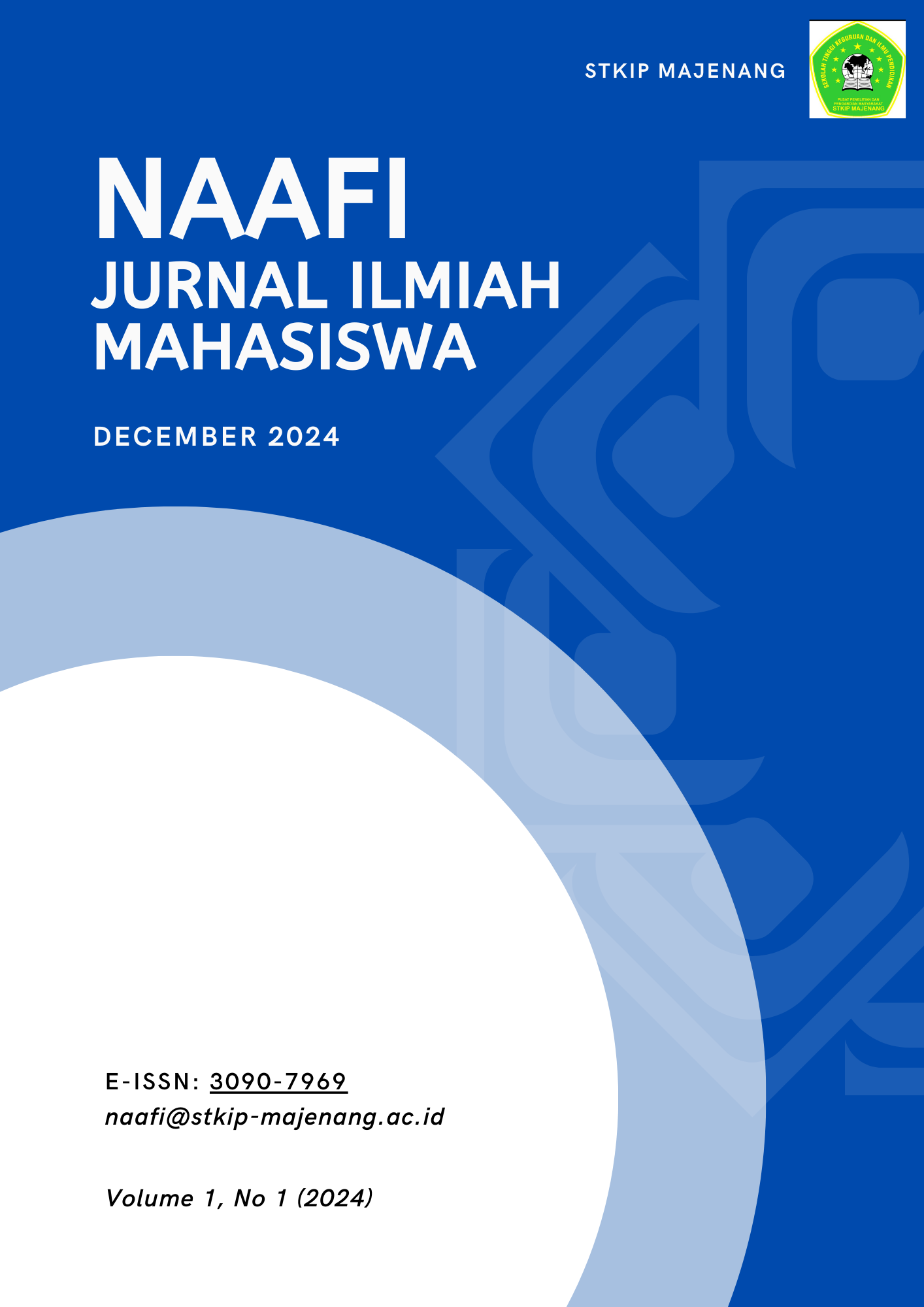Peran Teknologi dalam Pembelajaran Pendidikan Agama Islam untuk Siswa SD: Studi Eksperimen Penggunaan Aplikasi Mobile
DOI:
https://doi.org/10.62387/naafijurnalilmiahmahasiswa.v1i6.97Keywords:
Technology; Mobile Applications; PAI Learning; Elementary School Students; Material Understanding; Learning MotivationAbstract
This study aims to examine the role of technology, particularly mobile applications, in Islamic Religious Education (PAI) learning for elementary school students. Using a pre-test post-test control group experimental design, this research involves two groups: the experimental group using mobile applications in learning and the control group following conventional learning methods. This study measures two main aspects: students' understanding of PAI material and their learning motivation.The results show that the use of mobile applications has a positive impact on students' understanding of PAI material. Students who used the mobile application demonstrated significant improvement in mastering the material compared to the control group. The mobile applications, which present material in multimedia formats such as videos, animations, and quizzes, allow students to understand religious concepts more interactively and engagingly. Additionally, features such as practice questions and immediate feedback help reinforce students' understanding. On the other hand, this study also found that mobile applications can increase students' motivation to engage in PAI learning. Students felt more interested and involved in the learning process using the app compared to conventional methods, which tended to be monotonous. The use of educational games and quizzes in the applications made the learning experience more enjoyable and challenging.However, this study also identified several challenges, such as limited access to technology in some areas and the need for teacher training in effectively using mobile applications. In conclusion, mobile applications can be an effective tool to improve the quality of PAI learning in elementary schools, provided they are implemented properly and supported by adequate infrastructure.











